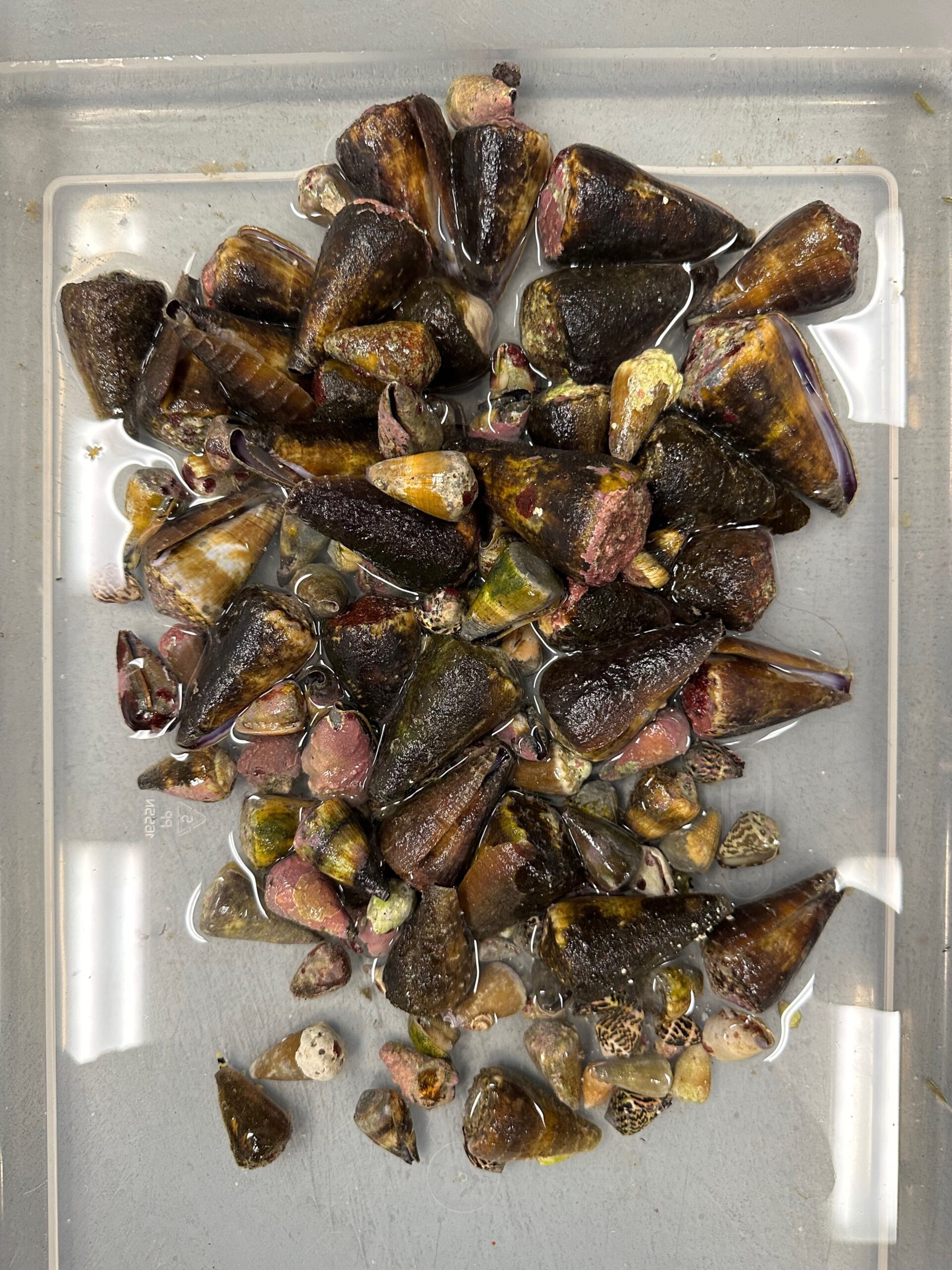A new study suggests that the venom of the geography cone snail, one of the world’s most venomous creatures, could inspire the development of new drugs to treat diseases affecting millions of people. Researchers at the University of Utah have discovered a toxin in the snail’s venom that mimics a key human hormone, somatostatin, which regulates blood sugar and hormone levels.
The toxin, called consomatin, is more stable and precise than the natural human hormone, making it a promising candidate for drug development. Unlike somatostatin, which binds to five different membrane receptors, consomatin only binds to one, producing a targeted effect. This property could help create better drugs for people with diabetes and hormone disorders, with fewer side effects.
The cone snail uses consomatin to paralyze its prey by preventing blood sugar levels from rising. The researchers believe this same property could be used to develop more effective treatments for humans. The venom also contains another component that mimics insulin, quickly lowering blood sugar levels. Together, these toxins bring down blood glucose levels to dangerous lows, making the prey nonresponsive.

While consomatin-based drugs are not yet on the horizon, the research team hopes to uncover other compounds that could work in a similar way to treat diseases tied to hormone disturbances. They are also evaluating the therapeutic potential of cone snail toxins for use in pain management and metabolic disorders.
The study highlights how evolution has perfected mechanisms that scientists can now repurpose for human benefit. “Cone snails are just really good chemists,” said lead author Ho Yan Yeung. By studying the structure of consomatin, the team hopes to uncover new drug design inspirations from cone snail venom and other venomous animals.
